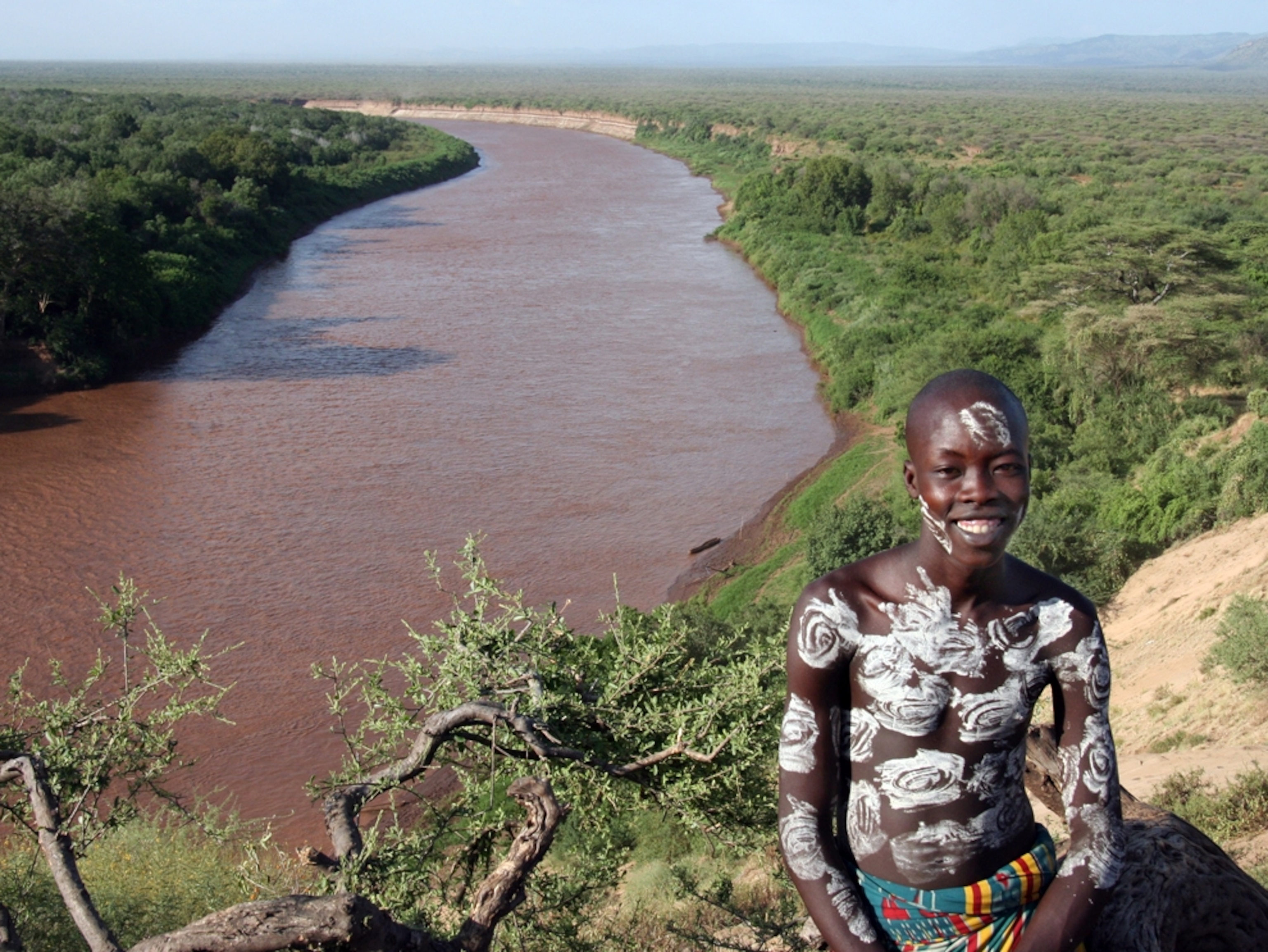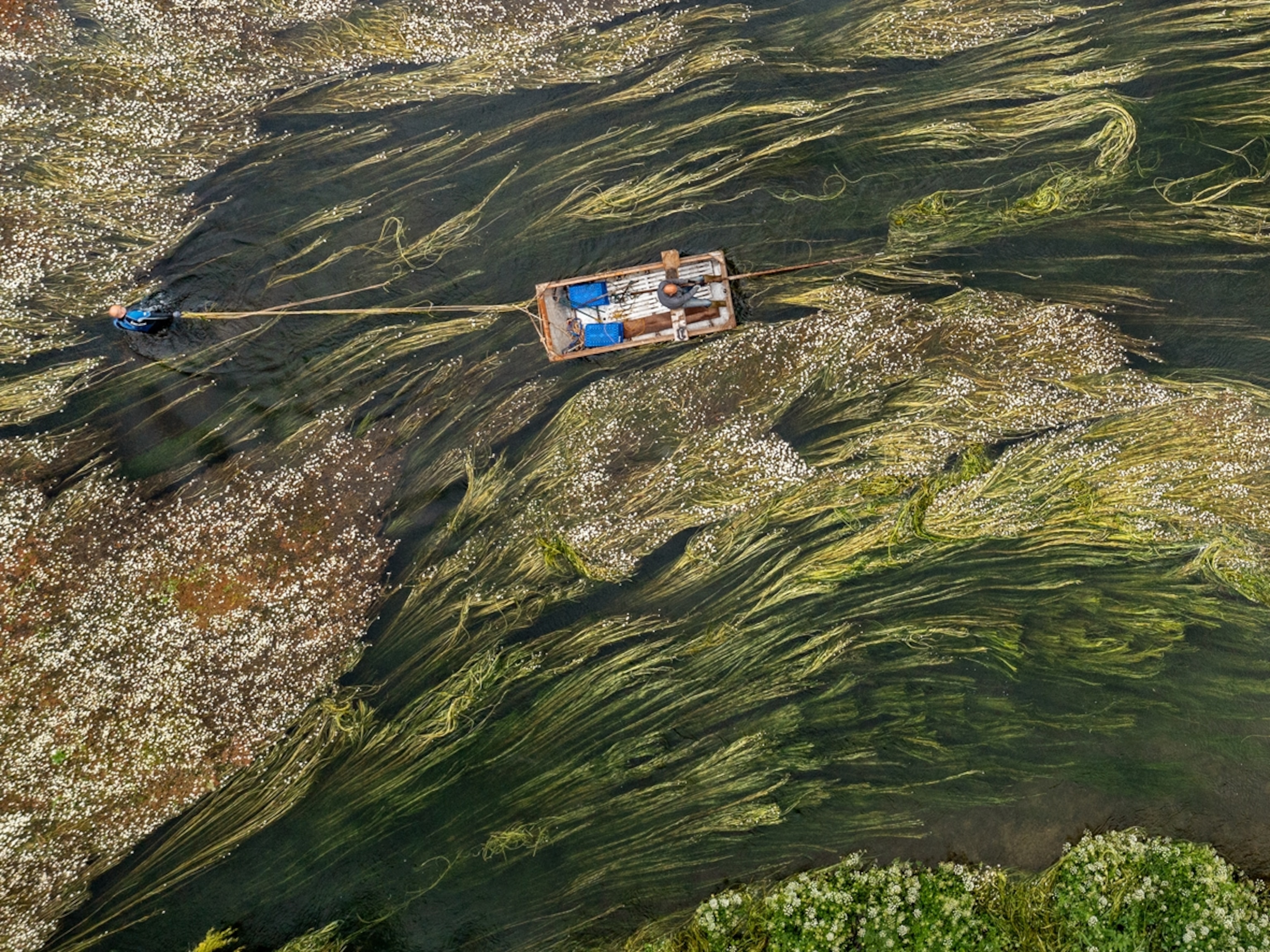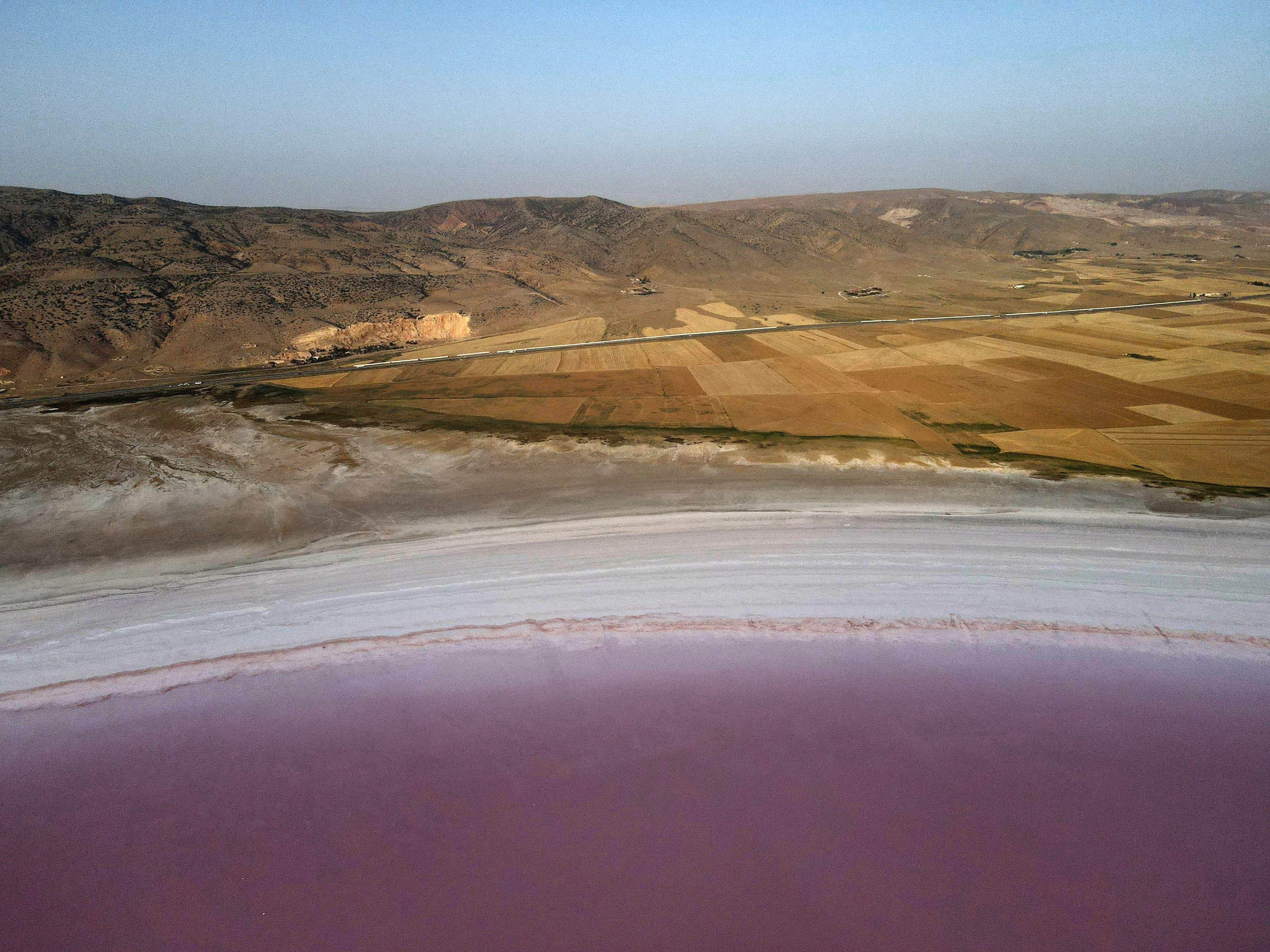
Damming the Omo River Could Stop the Flow of Ethiopia’s Cultural Diversity
Cutting Off a River’s Relationship With Its People
This past week, I returned from a remarkable trip along the Omo River in the remote southwestern region of Ethiopia. Traveling through this amazing country, you quickly realize that many North Americans have a preconceived image of Ethiopia; one that's molded by frequent news stories about drought and hunger along with the crushing poverty that exists in some places.
While these remain serious issues (particularly in the country's north), Ethiopia is also a land with an intriguing history, and stunning, centuries-old monuments.
The country's unique southwestern region, bisected by the Omo River, is also widely known as one of Africa's most intact cultural landscapes.
The various ethnic peoples who reside along the Omo were generally shielded from the outside world by rugged mountains and seemingly endless savannah. Their isolation was further extended by Ethiopia's unique status as one of only two African nations never to be colonized by Europeans.
In the absence of significant external influences, the various tribes of the Omo carried on with their customs and traditions, migrating by season and occasionally fighting with each other.
The indigenous groups of the area remain distinct and disparate, but also share a rich, symbolic culture, often expressed through body art and adornment. This is a way of life that has long since vanished from most of the continent, but glimmers of it are still found here, along the banks of the Omo. This is a place that is still ruled by ritual and revenge.
But change is coming—from upriver.
To many of the tribes along the lower Omo, livestock is the embodiment of wealth and prestige. Yet their livelihood is dependent on planting crops of sorghum, maize, and beans using what's known as "flood-retreat agriculture." This type of farming is dependent on the annual flooding cycle, which deposits a layer of nutrient-rich silt beside the river, making the land productive for another year.
Tribes such as the Bodi, Karo, Muguji, Mursi, and Nyangatom have farmed this way for generations, and their culture revolves around the natural pulsations of the Omo.
The annual rise and fall of the Omo waters is, in effect, the ancient heartbeat of the valley that has dictated the economic and social values of the almost 200,000 tribal members. All this will change dramatically in the coming years due to the construction of the massive Gibe 3 hydroelectric dam a few hundred kilometers upriver.
Once the dam is completed (in 2012, if all goes according to plan), the seasonal flows of the river will be dictated by electricity production for distant urban centers and export. Resulting downstream flows will become much more uniform, making flood-retreat agriculture impossible. It is expected that water volume will be permanently reduced due to seepage and evaporation losses from the reservoir, which will be 150 kilometers (93 miles) long.
Understandably, there's growing concern that if the dam reins in the seasonal flooding cycle, the traditional way of life—along with the cultural identities of several tribes—will be severely impacted. Potential repercussions could range from food shortages to increased episodes of tribal conflict and displacement. There's also increasing anger over a lack of communication, consultation, and mitigation. These issues should be addressed to a much greater degree.
The Ethiopian government is still seeking supporters to finance the final stages of the dam. On an encouraging note, the European Investment Bank withdrew its financial support for the project last month, citing the concerns mentioned above.
If and when any additional financiers are found, I'm hoping they'll insist on fully addressing the issues raised by local indigenous cultures as a precondition to any future support. At the very least, I think we owe that to the people of the Omo.
Mark Angelo is the chair of the Rivers Institute at the British Columbia Institute of Technology and an internationally acclaimed river conservationist. He has received the Order of Canada, his country's highest honor, in recognition of his river conservation efforts both at home and abroad. He received the United Nations International Year of Fresh Water Science, Education and Conservation Award, the Order of British Columbia, the National River Conservation Award, and an honorary doctorate from Simon Fraser University. He is a Fellow International of the Explorers Club. Angelo is the chair and founder of World Rivers Day, an annual event celebrated across dozens of countries on the last Sunday in September. He has traveled on and along close to 1,000 rivers around the world over the past five decades. He has authored numerous articles and papers about rivers and his expeditions, including the Riverworld presentation launched in concert with National Geographic Online in 2003 and shown to audiences across North America.





